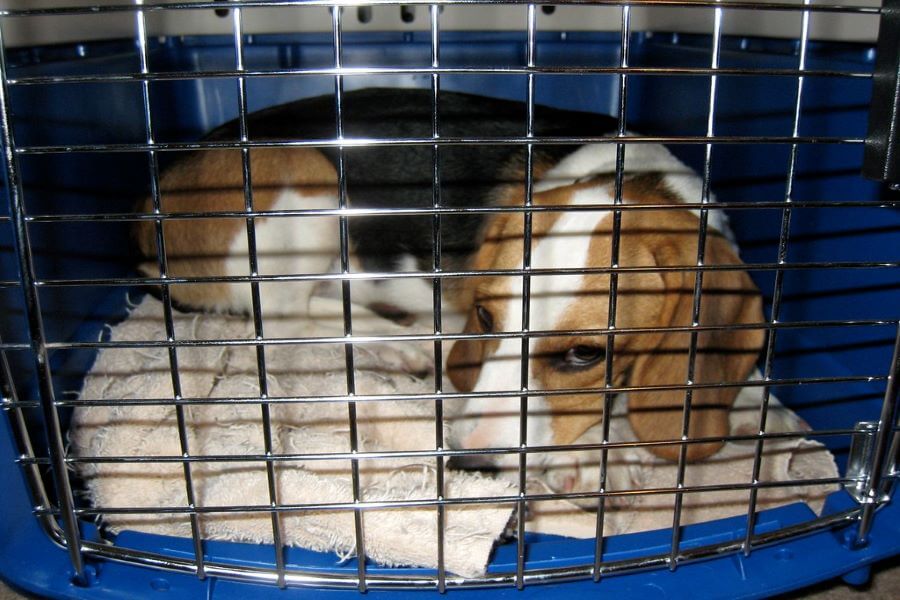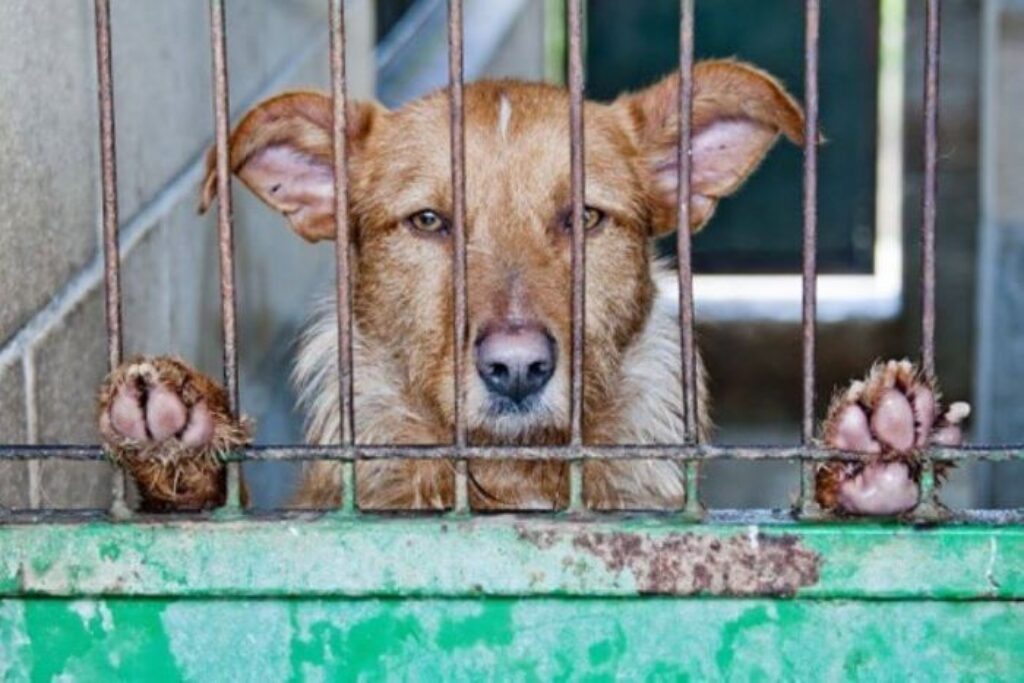
As a new pet parent, crate training is one of the essential things you can do for your puppy. Crate training is a great way to potty-train your pup and help them feel more secure and comfortable in their new home. But getting your dog used to their crate is not always easy! In this article, I’ll share my top five tips on crate training your puppy for a successful start.
Introduction to Crate Training
Crate training is a part of house training that uses a crate or cage to confine your puppy for short periods. This helps your puppy learn to control their bladder and bowels and become accustomed to their new home. Crate training is also beneficial for other reasons, including keeping your puppy safe and secure when you’re not home, reducing destructive behavior, and providing a safe place for your pup to retreat when they need a break.
Why Crate Training Your Puppy Is Important
Crate training is essential to house training and is the best way to teach your puppy to be obedient and well-mannered. It helps to establish a routine and train your dog to understand what is expected of them. Additionally, it can help your puppy learn to be independent and give them a sense of security.
Crate training is also beneficial for you, as it will help to keep your house clean and free from messes. Plus, it reduces the risk of destructive behavior and helps to keep your pup safe when you’re not home.
Related Post: How To Clean Dogs Ears
Preparing for Crate Training Your Puppy
Before starting crate training, you must ensure that you have the right supplies. You’ll need a crate that’s the right size for your puppy and a few other items, such as a bed, blanket, toys, and treats. Additionally, you’ll need to plan to ensure that you have enough time to devote to the process.
Once you have the supplies and time ready, you can start the crate training process. Here are my top five tips for success.
Crate Training Tips

Choose the Right Crate For Your Pup
The first and most crucial step in crate training is finding the right one for your pup. The crate should be the right size for your puppy and should be made of sturdy material. Additionally, it should be comfortable and have plenty of ventilation. This will help your puppy to feel secure and safe.
Make the Crate Feel Safe and Secure
Next, ensuring that the crate is inviting and comfortable is important. Place a comfortable bed or blanket inside the crate and add some of your pup’s favorite toys. Additionally, you can add a few treats to make the crate more enticing.
Practice Makes Perfect
Once the crate is set up, it’s time to start the training. Start by encouraging your pup to enter the crate on their own. You can place treats or a favorite toy inside the crate. When your puppy is comfortable with the crate, you can practice leaving the crate door open for longer periods.
Use Positive Reinforcement
When your puppy is in the crate, give them praise and rewards. This will help your pup associate the crate with positive experiences and encourage them to stay inside. Additionally, you can treat your pup when they enter the crate or stay inside for a certain amount of time.
Be Patient and Consistent
Crate training can take some time, so it’s important to be patient and consistent. Make sure never to force your puppy into the crate or scold them for not going inside. This will only make them more resistant to the process. Instead, take it slow and be consistent with your training techniques.
Troubleshooting Common Crate Training Challenges
Crate training can sometimes be challenging, so here are a few tips for dealing with everyday issues.
Your Dog Is Afraid of the Crate
If your pup is afraid of the crate, it’s important to take things slowly and use positive reinforcement. Start by encouraging them to enter the crate independently and reward them when they do. You can also place a few treats inside the crate to make it more inviting.
Your Dog Is Destructive in the Crate
If your pup is destructive in the crate, it’s important to ensure they have plenty of toys and other items to keep them occupied. Additionally, it’s important to use positive reinforcement and rewards to teach your pup to stay inside the crate without destroying it.
Your Dog Is Not Sleeping in the Crate
If your pup isn’t sleeping in the crate, it’s important to ensure that it is comfortable and inviting. Place a comfortable bed or blanket inside the crate and add some of your pup’s favorite toys. Also, ensure that the crate isn’t too large or too small for your dog.
Related Post: How Often Should You Bathe Your Dog
Conclusion
With the proper knowledge and techniques, you can provide your pup with the best start for crate training success. And with the right supplies, training techniques, and patience, you can successfully start crate training your pup.
If you’re having trouble with any part of the crate training process, don’t hesitate to contact a professional trainer for help. They can provide you with the guidance and support you need to ensure that your puppy has a successful start with crate training.
So, if you’re looking for the best crate training tips for your puppy, be sure to keep these tips in mind. Good luck!






